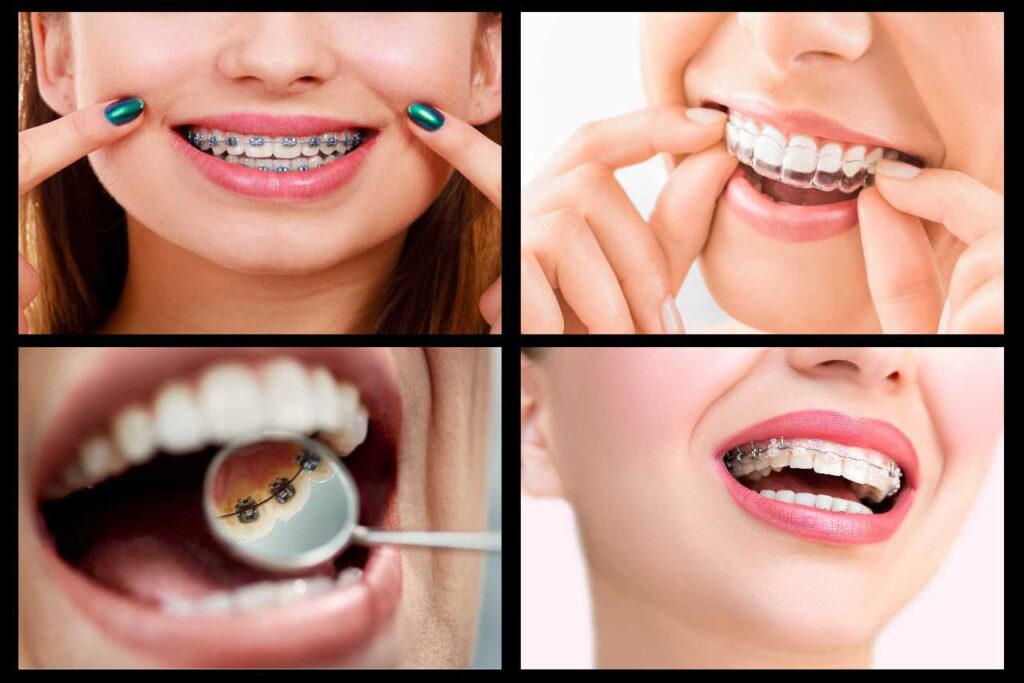When it comes to achieving a straight and beautiful smile, braces have long been a trusted ally in the world of dentistry. Whether you’re a teenager looking to improve your confidence or an adult seeking to align your teeth, the various types of braces available today offer a range of options to suit your unique needs. In this comprehensive guide, we will explore the world of braces and help you understand their differences. We aim to provide you with the knowledge you need to make an informed decision about choosing the right braces for your dental needs.
The Different Types of Braces:
Option 1: Traditional Metal Braces
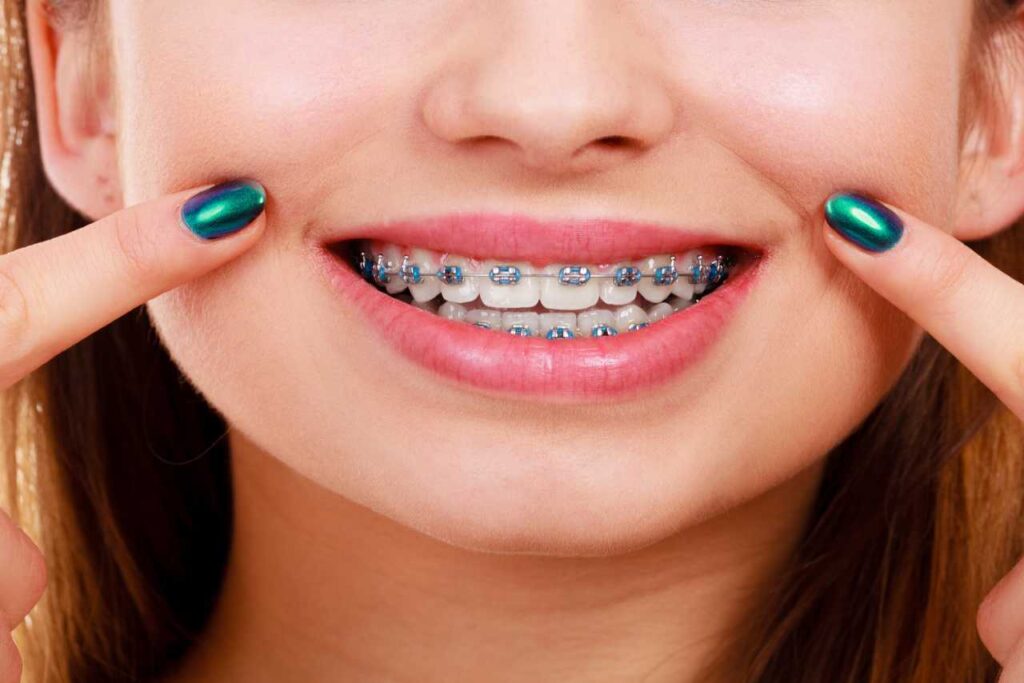
When most people think of braces, one of the first types of braces they envision is traditional metal braces. These classic orthodontic devices have been a staple in dental care for decades and for a good reason. Traditional metal braces are highly effective in correcting many dental issues.
Constructed from high-quality stainless steel, metal braces consist of brackets attached to each tooth and interconnected by a metal wire. This wire exerts controlled pressure on the teeth, gradually moving them into their desired positions.
One of the significant advantages of traditional metal braces is their reliability. They can effectively address complex cases of misalignment, overcrowding, and bite issues. Additionally, they are suitable for patients of all ages, making them an excellent choice for both teenagers and adults.
Another benefit of metal braces is that they tend to be more cost-effective than other orthodontic options. However, they are visible, which can be a concern for individuals who prioritize aesthetics.
Traditional metal braces are often ideal for those seeking a tried-and-true method for achieving a straight and well-aligned smile, especially when addressing more complex orthodontic issues. In the following sections, we will explore alternative options, such as ceramic and lingual braces, offering different features and benefits to suit various preferences and needs.
Option 2: Ceramic Braces
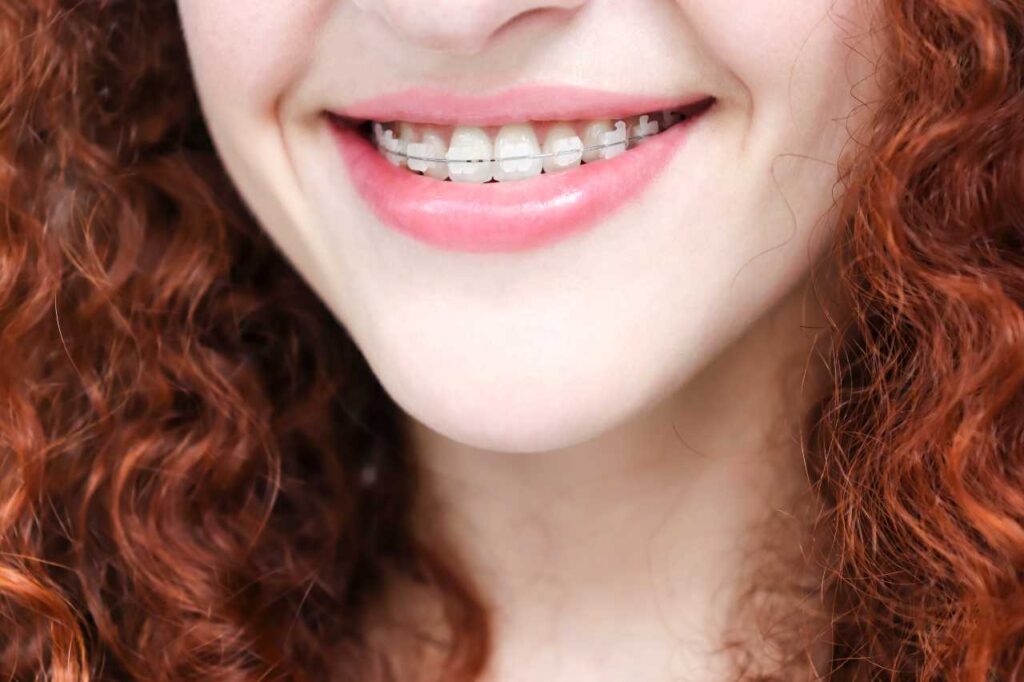
For those seeking a less noticeable alternative to traditional metal braces, ceramic braces are appealing. Ceramic braces share the same fundamental structure as metal braces, with brackets and wires, but differ in material and aesthetics.
Ceramic braces are made from clear or tooth-colored materials, which blend in with the natural color of your teeth. This feature makes them significantly less noticeable than their metal counterparts, making them a preferred choice for individuals who want a more discreet orthodontic solution.
These braces offer the same level of effectiveness as traditional metal braces, making them suitable for addressing a wide range of orthodontic issues. They are trendy among teenagers and adults who prioritize both functionality and aesthetics.
While ceramic braces are an excellent option for those looking for a less conspicuous orthodontic treatment, it’s essential to note that they may be more susceptible to staining from certain foods and beverages. In addition, they have more food and beverage restrictions and require a slightly more extensive care process.
In summary, ceramic braces balance effectiveness and aesthetics, making them compelling for individuals who desire a less conspicuous orthodontic option.
Option 3: Lingual Braces

For those who desire an even more discreet orthodontic option, lingual braces offer a unique solution. Unlike traditional braces that are affixed to the front of your teeth, lingual braces are placed behind your teeth, making them virtually invisible to others.
Lingual braces consist of custom-made brackets and wires bonded to your teeth’ back surfaces. This positioning ensures the braces remain hidden from view while correcting various dental alignment issues.
One of the primary advantages of lingual braces is their discreet nature. They are an excellent choice for individuals who may feel self-conscious about wearing visible braces but still want to achieve a straight and beautiful smile.
It’s important to note that lingual braces are more challenging to adapt to than traditional braces. They may cause some initial discomfort as your tongue adjusts to the new positioning of the braces. Additionally, they are much harder to keep clean, given their position, so oral hygiene may be more challenging. However, as you become accustomed to them, lingual braces can be a highly effective and inconspicuous solution for your orthodontic needs.
Option 4: Self-Ligating Braces
Self-ligating braces represent another advancement in orthodontic care. These braces function differently from traditional braces as they do not require elastic bands (ligatures) to hold the archwire in place. Instead, self-ligating braces use a specialized clip or bracket design to secure the wire.
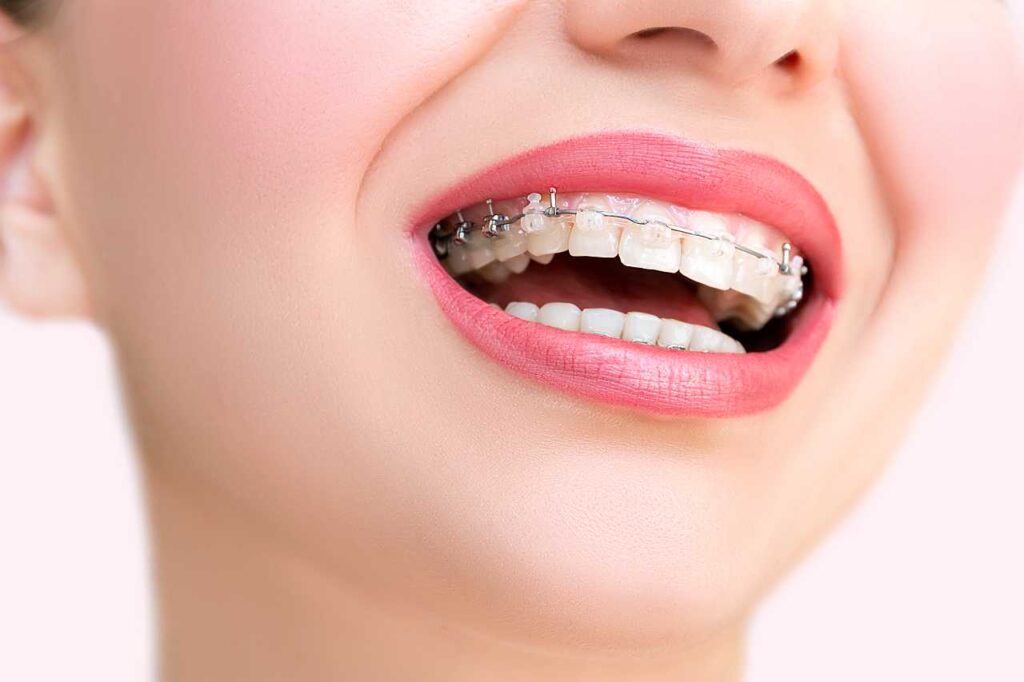
One significant benefit of self-ligating braces is their enhanced comfort. Without ligatures, there is less friction between the wire and the brackets, reducing the pressure and discomfort often associated with adjustments. This can result in shorter and less painful orthodontic appointments.
Self-ligating braces are also known for their efficiency. The absence of ligatures allows the wire to move more freely, which may lead to shorter treatment durations compared to traditional braces.
These braces are available in metal and ceramic materials, offering options for those who prioritize aesthetics. They are suitable for a wide range of orthodontic cases, making them a viable choice for many patients.
While self-ligating braces offer several advantages, it’s essential to consult with your orthodontistmto determine if they are the right option for your specific dental needs and preferences. Our next section will introduce Invisalign, a modern and nearly invisible alternative to traditional braces, and discuss its unique benefits.
Option 5: Invisalign or Clear Aligners
In recent years, a groundbreaking innovation in orthodontic treatment has taken the world by storm: Invisalign, also known as clear aligners. This modern alternative to braces offers a remarkable blend of effectiveness, comfort, and aesthetics.
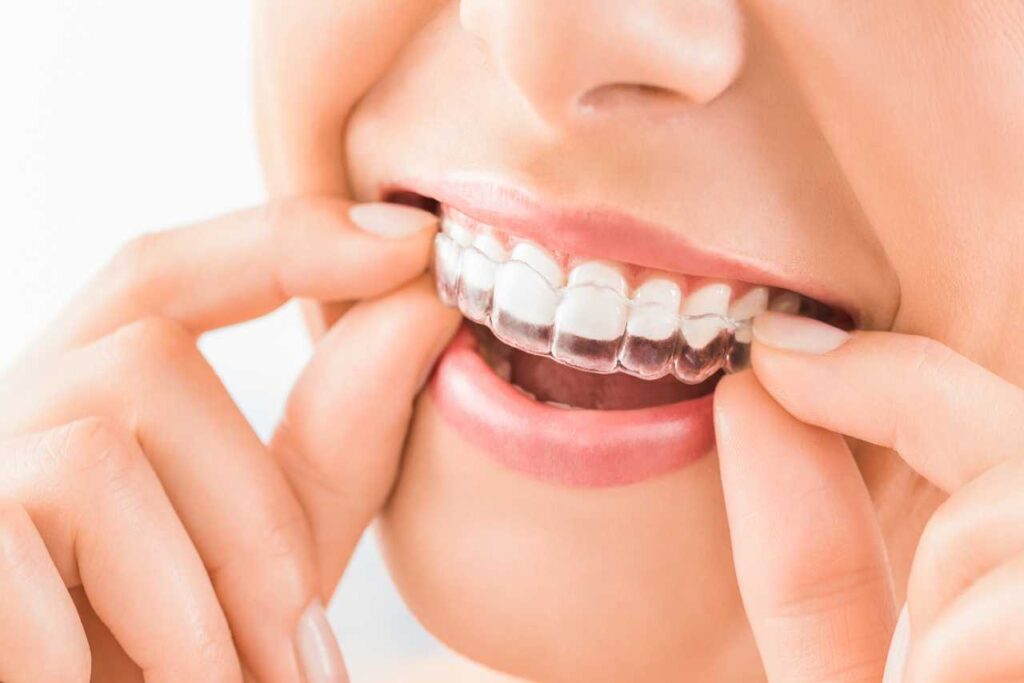
Invisalign consists of a series of clear, custom-made aligners that are virtually invisible when worn. These aligners gently and gradually shift your teeth into their desired positions without the need for brackets, wires, or elastics.
One of the most significant advantages of Invisalign is its discreet appearance. People often have to look closely even to notice that you’re undergoing orthodontic treatment. This makes Invisalign an ideal choice for teenagers and adults who want to straighten their teeth without the visibility of traditional braces.
Invisalign aligners are also removable, allowing you to easily eat, drink, brush, and floss. This removable feature enhances both oral hygiene and comfort during treatment, as there are no dietary restrictions or difficulties with cleaning.
In the next section, we will explore essential factors to consider when choosing the type of braces that best suits you or your child.
Choosing the Right Braces: Factors to Consider
As you contemplate the various types of braces available, it’s essential to take several factors into account before choosing the right braces. Here are some key considerations:
1. Cost:
Different types of braces come with varying price tags. Ensure your chosen option fits within your budget, factoring in any potential insurance coverage.
2. Treatment Duration:
Some braces may require shorter or longer treatment durations. Consider your desired timeline for achieving a straighter smile.
3. Aesthetics:
Determine how important the appearance of your braces is to you. Options like ceramic braces, lingual braces, and Invisalign offer more discreet alternatives.
4. Comfort:
Think about your comfort during treatment. Self-ligating braces, Invisalign, and lingual braces are often more comfortable options.
5. Maintenance:
Consider the maintenance required for each type of braces, including cleaning routines and dietary restrictions.
By carefully weighing these factors, you can confidently make an informed decision in choosing the right braces for you. Remember, the right braces can lead to a healthier, more beautiful smile in the end.

Invisalign – Choosing the Right Braces with Creekside Dental
In the world of orthodontics, the availability of multiple effective braces options ensures you can choose the one that best suits your unique dental needs and preferences. From traditional metal braces to discreet Invisalign aligners, the various types of braces offer their own set of advantages.
Before deciding, it’s crucial to consult with a qualified orthodontist, like the professionals at Creekside Dental, who can provide personalized guidance based on your specific case. Remember that achieving a straight and beautiful smile is not only an investment in your dental health but also in your self-confidence.
We have great news if you are considering Invisalign as a treatment option. Creekside Dental offers Invisalign starting as low as $99 a month. Please fill out our consultation form today, and our Invisalign team will assess your unique needs, answer any questions, and help you determine if Invisalign clear aligners are right for you. Take the first step towards a confident and beautiful smile by completing our consultation form today!
